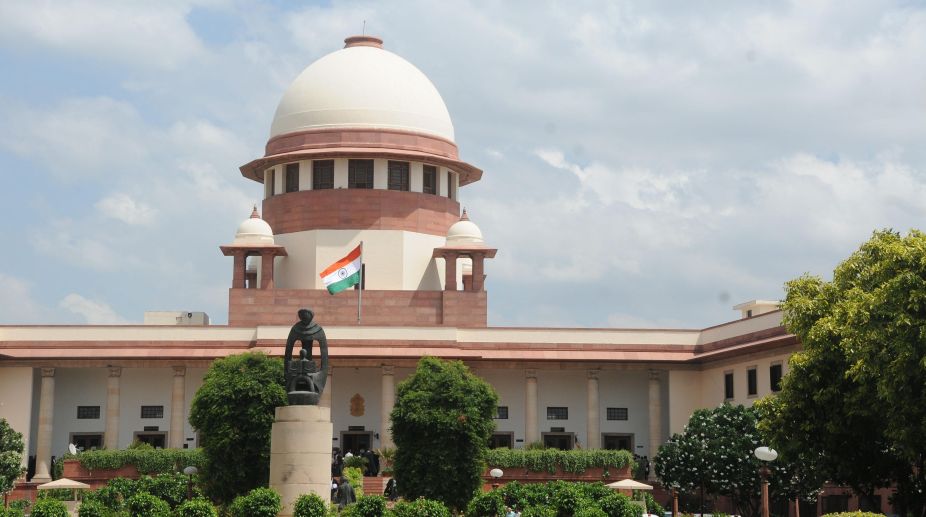India’s Got Latent: SC issues notice on YouTuber Ashish Chanchlani’s plea against FIRs
SC issues notice on YouTuber Ashish Chanchlani’s plea to quash or transfer FIR in India’s Got Latent case; tagged with Ranveer Allahabadia’s petition.

Supreme Court of India (Photo: Facebook)
The Supreme Court has made a candid admission and said it was “sorry” for the delay of over a decade in commencement of criminal trial due to two conflicting orders passed by a high court judge in a single day in two different but related cases.
The apex court said this had created a “legal conundrum” as one order of the judge restricted further probe in the case while in the order, it allowed the investigation to go on.
Advertisement
The case, which was stuck in legal tangles, had reached the apex court in 2009 and the woman, who had initially lodged the complaint in 2004 against her own brothers over alleged grabbing of her shop, had now passed away and was represented by her legal representative.
Advertisement
A bench of justices R K Agrawal and Sanjay Kishan Kaul said, “we are sorry to note that such a confusion has caused more than a decade’s delay in even the criminal trial commencing” and allowed the appeals of the woman.
In 2004, Shyam Lata, a resident of Roorkee in Uttarakhand, made a written complaint to the SSP of Haridwar alleging that her two brothers forged documents and signatures and claimed she had give her shop on rent to them.
A criminal case was lodged against her brothers alleging that they had prepared a fictitious rent receipt by forging the woman’s signatures and left its photocopy at her house for laying a false claim of tenancy.
On other hand, one of her brothers filed a civil suit seeking to restrain her from evicting him from the premises, claiming himself as a tenant of the shop on the basis of the alleged forged rent receipt.
The complaint was probed by the police and the investigating officer (IO) applied to the civil court for sending the rent receipts filed by the brother to an expert for comparison of signatures.
The civil court denied the permission but modified the relief by allowing taking of photographs of the signature by a handwriting expert for the purpose of comparison.
However, when the handwriting expert from the forensic laboratory of Agra reached the court to take pictures, the permission was allegedly denied by the court.
This resulted in the IO filing the final report saying in the absence of permission to get the signatures, there was no evidence to find that the signatures were forged.
The woman then raised objection to the IO’s final report and simultaneously challenged the denial of permission by the civil court to the handwriting expert before a sessions court.
The sessions court allowed the plea of the woman and directed for sending the entire case record to the judicial magistrate, Roorkee, so that the required photographs may be taken and further investigation takes place.
The sessions court order was now challenged by the brother before the high court while parallely the judicial magistrate where the woman had filed objections to the final report of IO, allowed her plea and directed for further probe.
This order of the judicial magistrate directing the police for further probe was also challenged by the brother in the Uttarakhand High Court.
Now, two petitions were before the high court which were heard simultaneously and were decided by the judge in two separate judgements on the same date in 2006.
In one verdict, the high court modified the sessions court order and directed that the IO should be present before the civil court along with a handwriting expert on a fixed date to take photographs of the disputes as well as specimen signatures of the woman.
Virtually, this order allowed the police to proceed further in the investigation.
However, in the second verdict, the high court judge set aside the order of judicial magistrate directing the police to further probe into the case.
While deciding the matter, the apex court bench said that there is no doubt about the “confusing nature of contradictory orders” passed by the high court.
It said that high court’s first verdict allowing the handwriting expert to take picture of signatures would in “natural corollary” mean that further investigation will be carried out.
The top court held that the second verdict of the high court setting aside the order of judicial magistrate was not required at all.
Advertisement